Here is an interesting stat for our readers. Intel sees a market of around 4-5 million overclocking CPUs each year. That was a stat casually described during the 10th Gen Intel Core series pre-briefing for “Comet Lake-S” processors. Since this is yet another Skylake iteration, we wanted to focus more on the platform and capabilities before getting to the SKUs. For some of our readers that want to know the headline number, there are 10 core / 20 thread 125W TDP parts in this generation, yet we still have PCIe Gen3. Let us get on with our discussion of the new platforms and chips.
10th Gen Intel Core Series Platform
First, we should cover some of the headline features for the new generation. We get higher frequencies now up to 5.3GHz as well as expanded Hyper-Threading. Even the Core i3 and Pentium series parts now get Hyper-Threading and only the Celeron remains as a non-SMT part. One interesting note is that you can now disable per-core Hyper-Threading so turning off HT is not an all or nothing approach. The high-end Core i9-10900K can hit 4.9GHz all-core turbo, 5.3GHz max turbo boost, and has 10 cores at 125W TDP. Increasing core counts from 8 to 10 while maintaining clock speeds is a welcome step in the right direction.
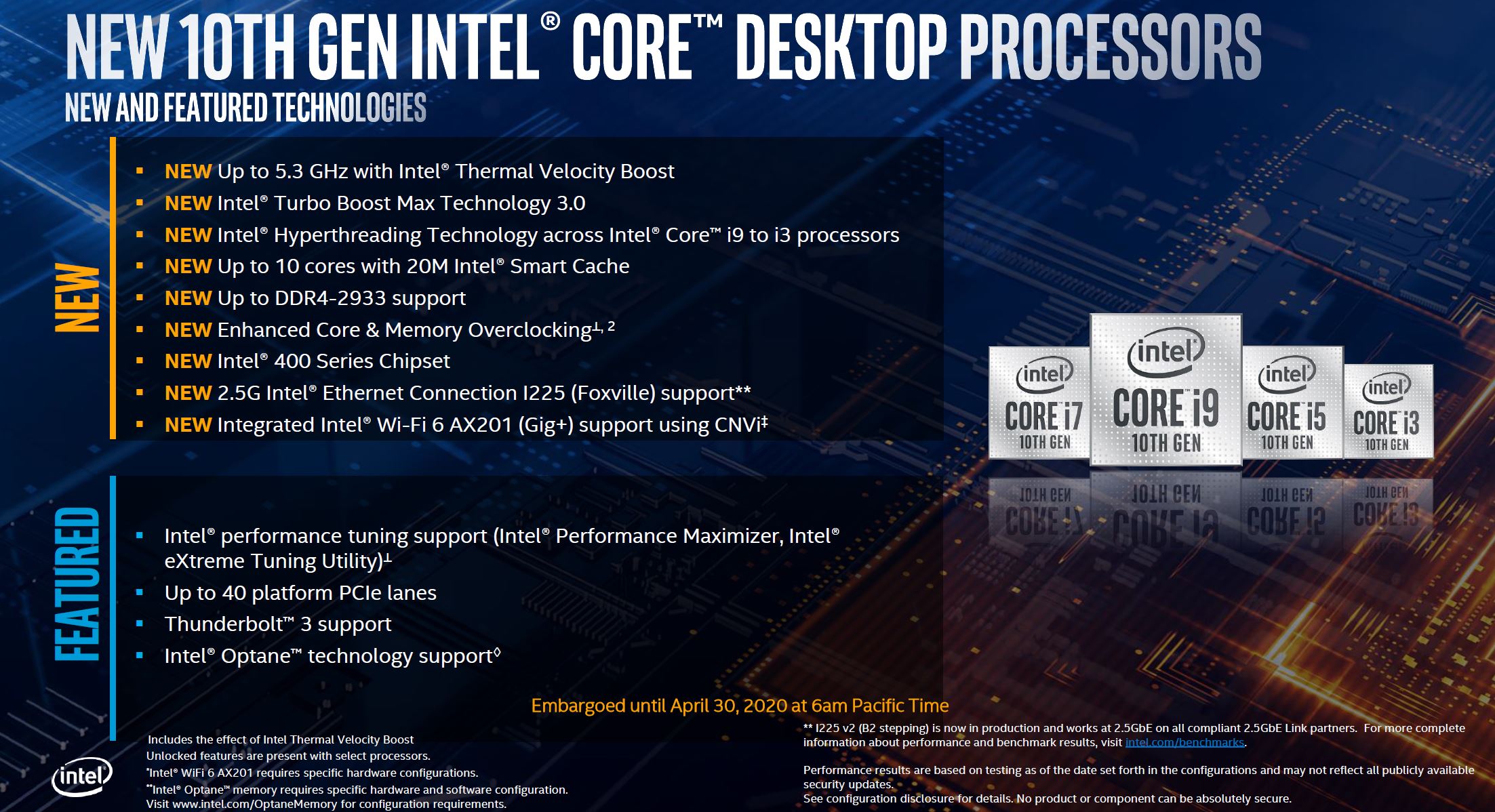
We also get features such as DDR4-2933 support. Intel is not supporting DDR4-3200 even though AMD moved that direction several quarters ago, from the desktop to its big AMD EPYC 7002 Series “Rome” CPUs.
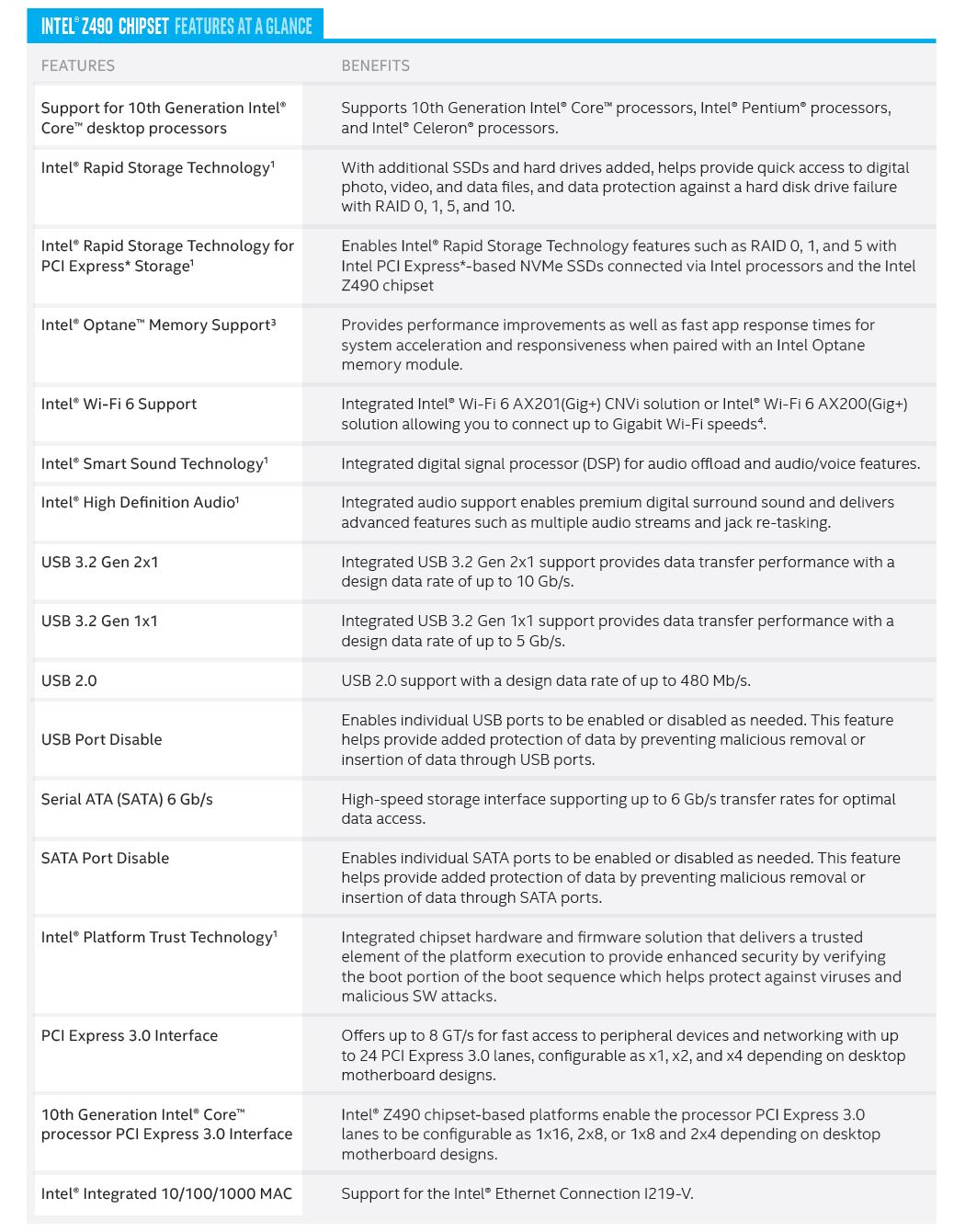
We, yet again, see 16x PCIe Gen3 links from the CPU and up to 24x PCIe Gen3 links off of the chipset with the Intel Z490. We still have the integrated i219-V 1GbE NIC that has been used for several generations. Intel also is pushing its 2.5GbE i225 products with the latest stepping with this platform to start moving the market to 2.5GbE. We have done a host of 2.5GbE switch and adapter reviews this year to start pushing this market. We also explained how current Intel i225 2.5GbE NICs are missing a big feature that is hampering adoption on the server-side.
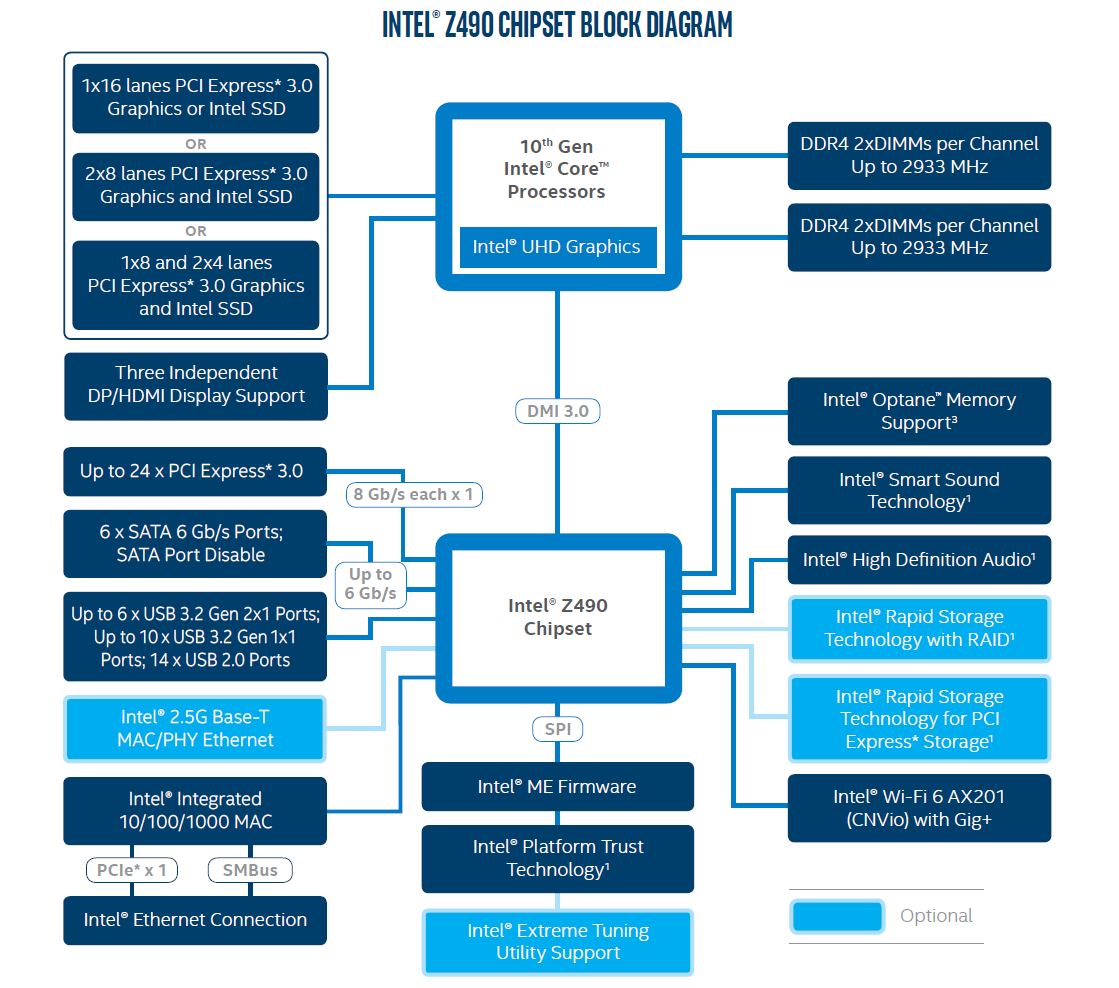
While the Z490 is the overclocking chipset, there is also the H470 chipset for lower-cost applications. Not all new SKUs will support overclocking and Intel has a cost-optimized platform with a reduced feature set.
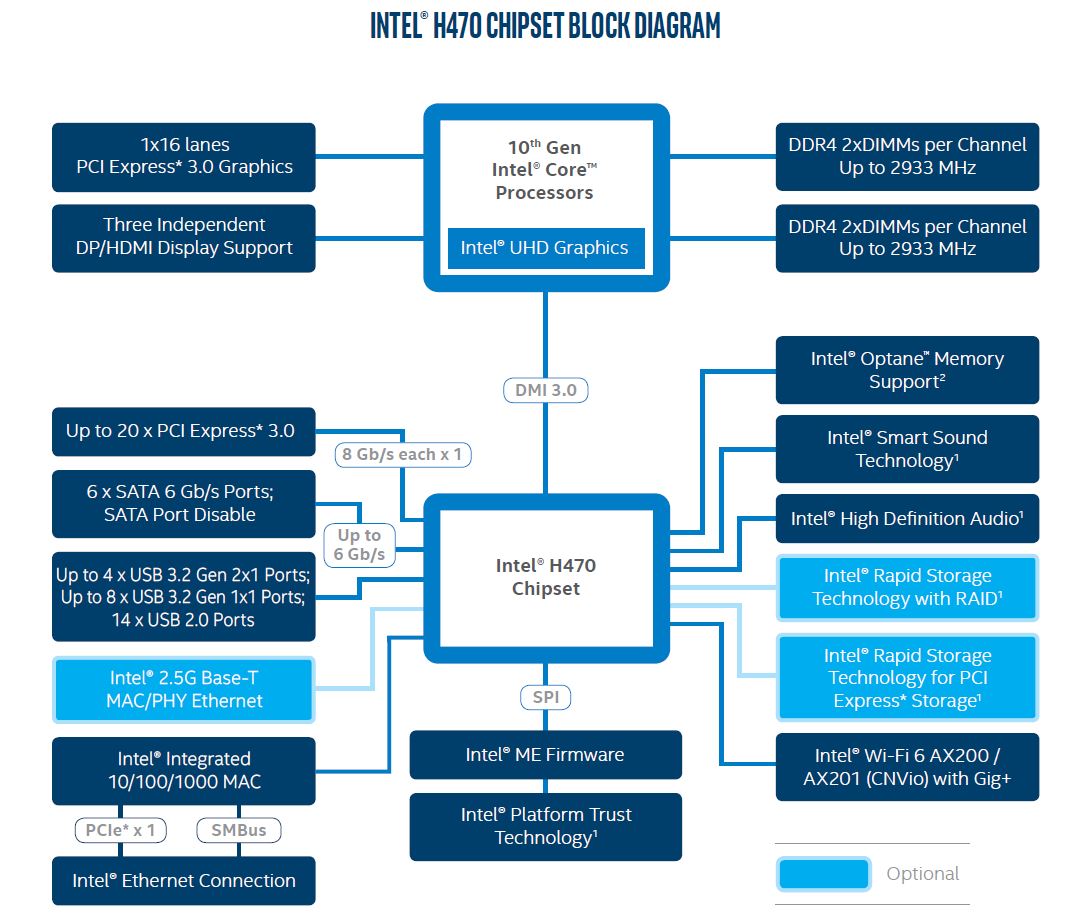
Overall, this is an evolutionary move. AMD has a more expansive platform, but Intel also has had a lot of time to refine this platform and add features beyond supporting the latest memory and PCIe generations.
10th Gen Intel Core Series SKUs
Although Intel was mainly focused on the Core i9 capabilities during its briefing, in the market STH covers, the Pentium, Celeron, and Core i3 series CPUs are actually the most popular. For example, when we did the HPE ProLiant MicroServer Gen10 Plus Ultimate Customization Guide we had several recommendations including the 9th gen core series. As such, some of these SKUs get recycled later into lower-end servers. Note we expect the need for a new platform to use these parts.

Her we can see the dual-core Pentium and Celeron models get a boost to DDR4-2666. The Pentium line also gets Hyper-Threading a feature we did not see in our Intel Pentium Gold G5420 review. These are really the cost-optimized parts all under $100. Intel is moving the Core i3 series up a bit in the SKU stack:
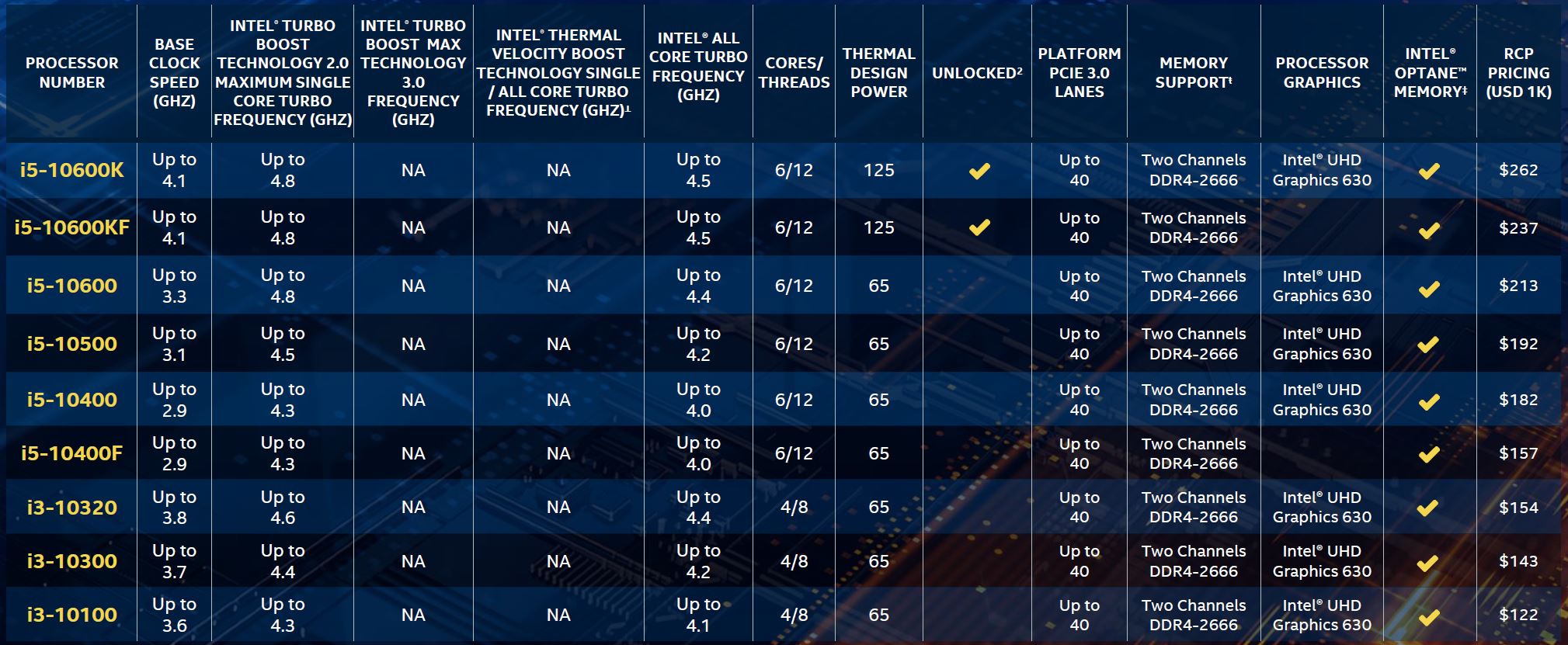
We get Hyper-Threading across Core i5 and Core i3 ranges. That should add an appreciable uptick in CPU performance. We can also see that list prices are up. The core i3-10100 now starts at $122. In the previous generation, we had the Intel Core i3-9100F as a $97 option with no GPU. Effectively, the Core i3 range starts at a price of around 26% higher than the previous generation. This is a big deal in the market.
Intel also has its series of T CPUs that run the gamut from 2 cores / 2 threads up to 10 cores/ 20 threads at 35W TDP.
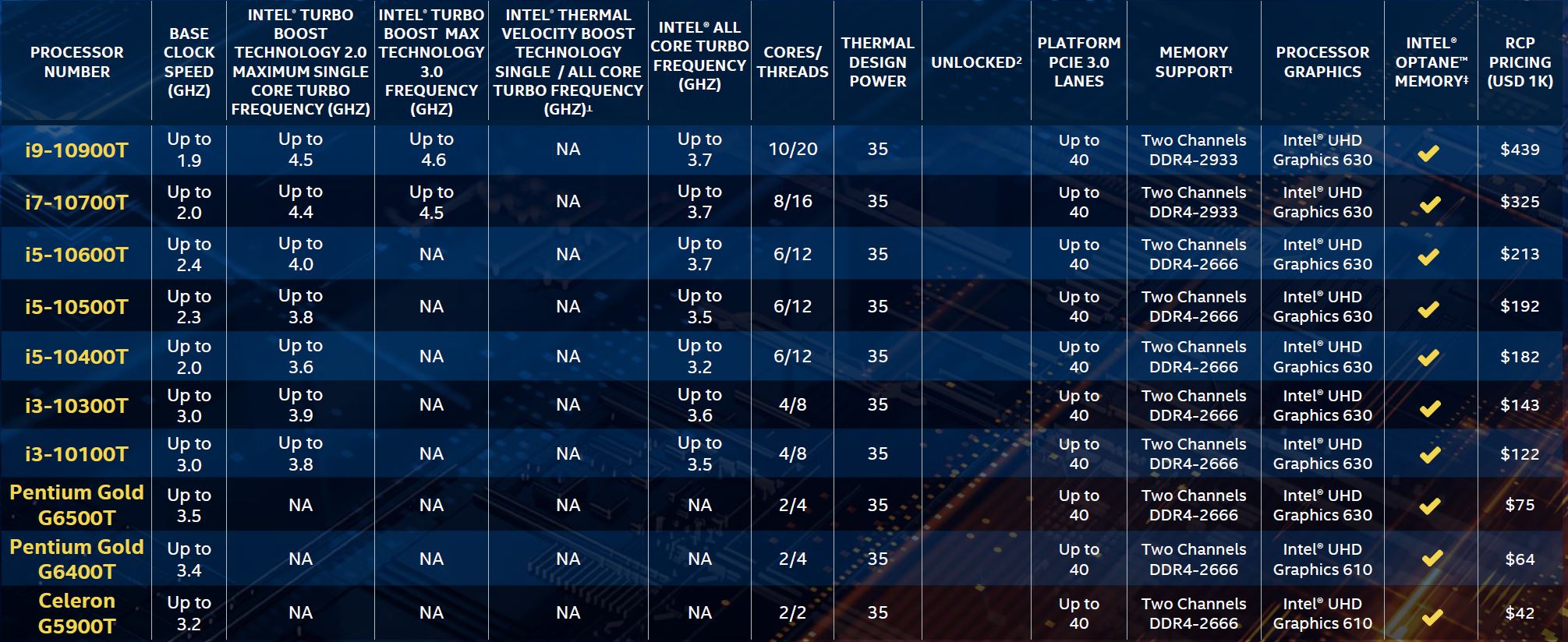
Frankly, that Core i9-10900T is fascinating with an iGPU and 10 cores at a 3.5W TDP / core level.
Finally, at the higher-end we have Core i7 and Core i9 CPUs:
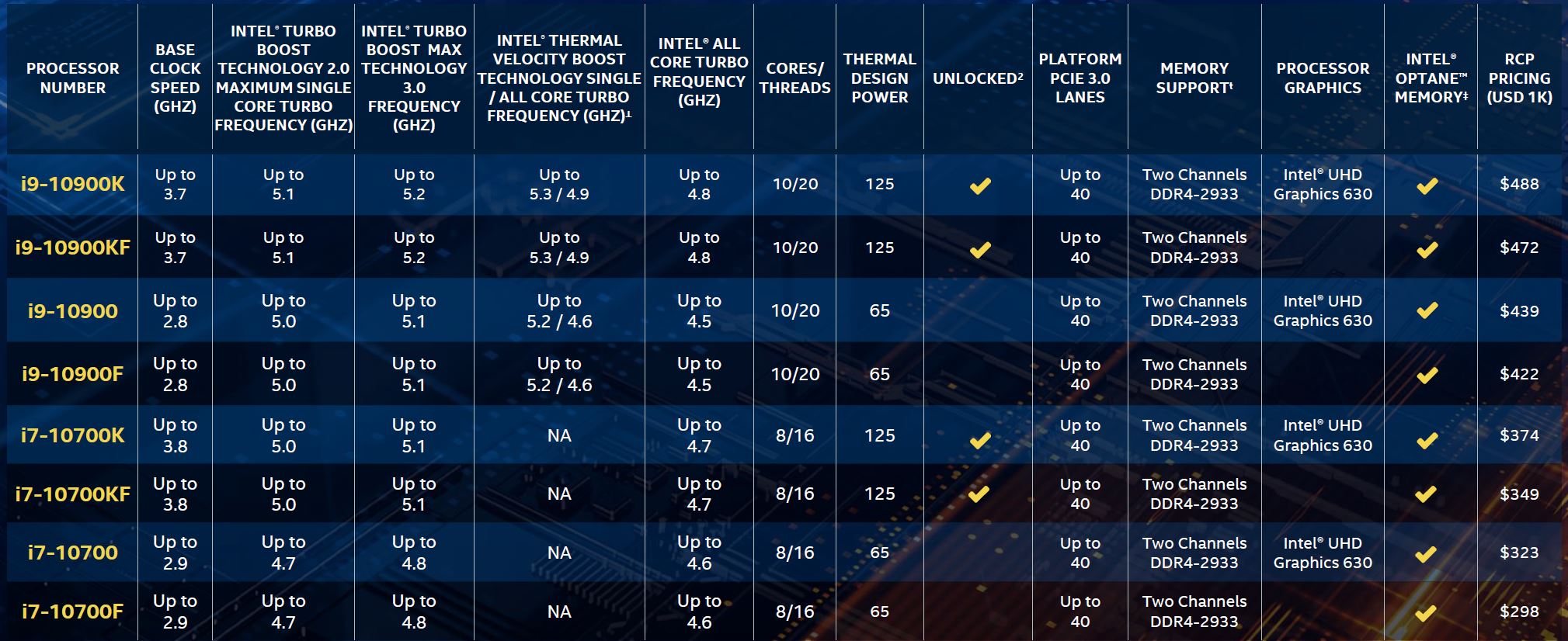
One can see the overclocking focused parts have 125W TDP. Desktop CPUs are now at the level above what we saw the first generation of Xeon E5 CPUs in terms of TDP. Pricing ranges from just under $300 to just under $500 for the Core i7 and i9 ranges.
One quick note on memory support. These slides have a footnote that reads “DDR4 maximum speed support is 1 and 2 DPC for UDIMMs but only 1 DPC for SODIMMs. DDR4 2DPC UDIMM 2933 or 2666 is capable when same UDIMM part number are populated with in each channel.” (Source: Intel) For systems like the recent Intel NUC9VXQNX Review an 8 Core Xeon and GPU Capable NUC Option that use SODIMMs, we only get one DIMM per channel. We can get up to DDR4-2933 with two standard DIMMs per channel using unbuffered DDR4. For those hoping to see SODIMMs used to shrink form factors, this is a consideration.
Final Words
The Intel Core i3 range moving the low-end pricing up by almost 26% is a big deal. That means that in more cost-sensitive segments of the market there is going to be a chasm. At $86 with the Pentium Gold G6600 one gets 2 cores / 4 threads without turbo boost and at $122 one gets the Core i3-10100 with 4 cores / 8 threads and turbo boost (2.0.) $36 can mean 2x the compute resources here, but in that segment of the market, $36 is a big deal.
At the top-end, 10 cores are an improvement. Intel is still focused on core frequency and refining its PCIe Gen3 platform rather than getting into a direct core count/ PCIe Gen4 discussion with AMD. Those comparisons will be made by the market. Perhaps the most interesting SKU is the Core i9-10900T at 35W TDP and an iGPU. That may be a very interesting option for some people.
We wish that Intel formally adopted 2.5GbE in this generation, rather than still including the i219-V. This was done for cost reasons, however, that would have been a way to move the market ahead.
Overall, do not expect these in servers just yet. Intel does not face the same competitive pressures with its Xeon E line as it does with its desktop Core line. As a result, that is where we are seeing refresh efforts.

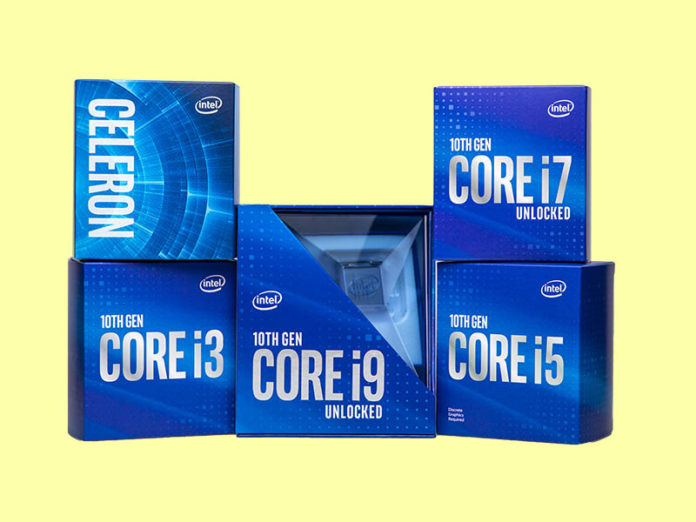
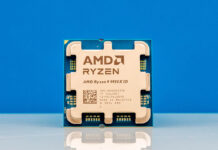
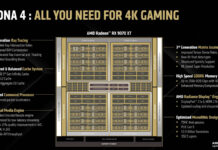

“We wish that Intel formally adopted 2.5GbE in this generation, rather than still including the i219-V. This was done for cost reasons, however, that would have been a way to move the market ahead.”
Yeah, more like because the Intel 2.5G chip has massive problems operating at 2.5G speeds, it has an unfixable silicon bug in the PHY that causes random packet drops. Intel is forced to scrap essentially ALL Foxville chips made so far, and come out with a new stepping that fixes the issue.
An overwhelming MEH release
-10c/20t – same MSRP as i9900K
8c/16t – at least $100 cheaper than current i9900K
2.5Gb/s is terrible – 10Gb/s or go home.
I have a pretty nicely binned i9900K that is 5Ghz on all 8 and stays under 70C on big air – so this generation is not for me – waiting for Z590 and Rocket Lake S for an upgrade – which should line up with Nvidia Ampere – 3080Ti. Since Rocket Lake S is PCIe4 – would suspect Ampere is as well.
“Intel does not face the same competitive pressures with its Xeon E line as it does with its desktop Core line.”
It seems like there are a number of EYPC SKUs that would compete directly with the E line? Am I crazy?
JD – very different product segments and use cases for a Xeon E v. an EPYC 7000 part. There may be some competition, but expect that in a very small portion of the market.
“We wish that Intel formally adopted 2.5GbE in this generation, rather than still including the i219-V. This was done for cost reasons, however, that would have been a way to move the market ahead.”
I completely agree. You stated previously (in https://www.servethehome.com/current-intel-i225-2-5gbe-nics-are-missing-big-feature/ ) that the MSRP of i225-V is just $2.4, so if that is still correct then I think they are just stupid not to include it!
If the prices are less than a cup of coffee then the marketing departments should be pushing for inclusion because it’s great for the spec sheets even if people wouldn’t ever use it.
At least it seems like most motherboard vendors are including 2.5 GbE (either via Intel i225-V or Realtek RTL8125G) on their Z490 boards anyway. Ref: https://www.anandtech.com/show/15723/the-intel-z490-motherboard-overview
Personally for me I’d much rather go AMD, but we still need all players to push for faster than 1GbE (now over 20 years old, and a switch costs less than a lunch out). The state of Nbase-T switches is disappointing. Currently the cheapest is the $149 Netgear GS110MX, but it only has two Nbase-T ports.
I partially object to the term ‘launched’ in the title, unless it is perhaps preceded by the word, ‘paper’….
In addition to the 26% cost increase for the i3 series, it should be noted that the i3 10100 does not have ECC support.
However, i3 6100, 7100, 8100, 9100, did have the ECC memory support.
Is this so, or is there an error on the page?
https://www.intel.com/content/www/us/en/products/processors/core/i3-processors/i3-10100.html
Greeting